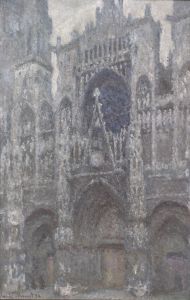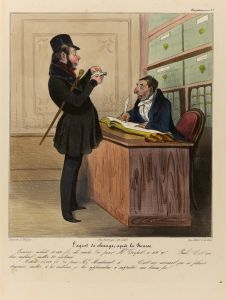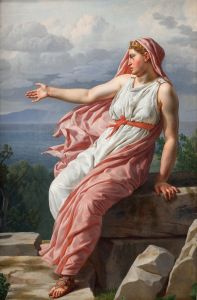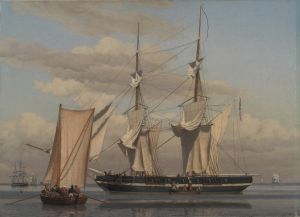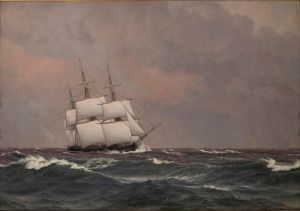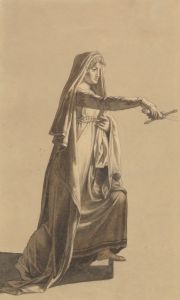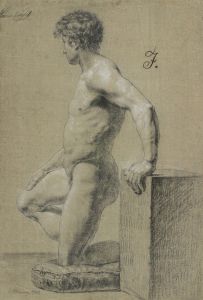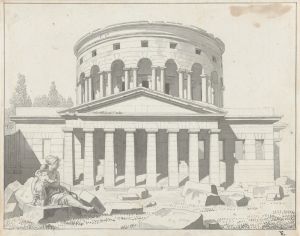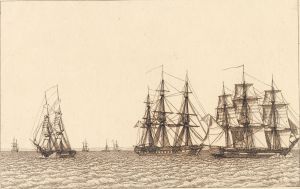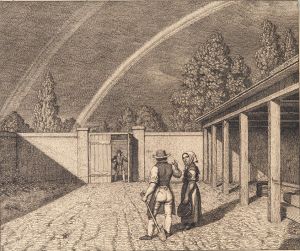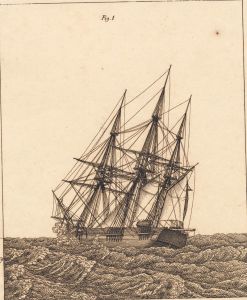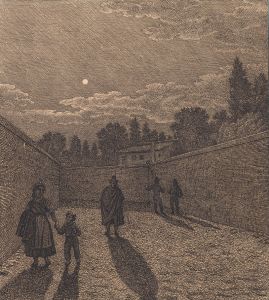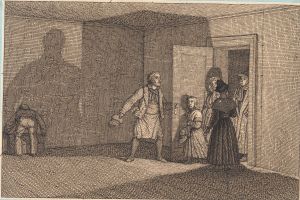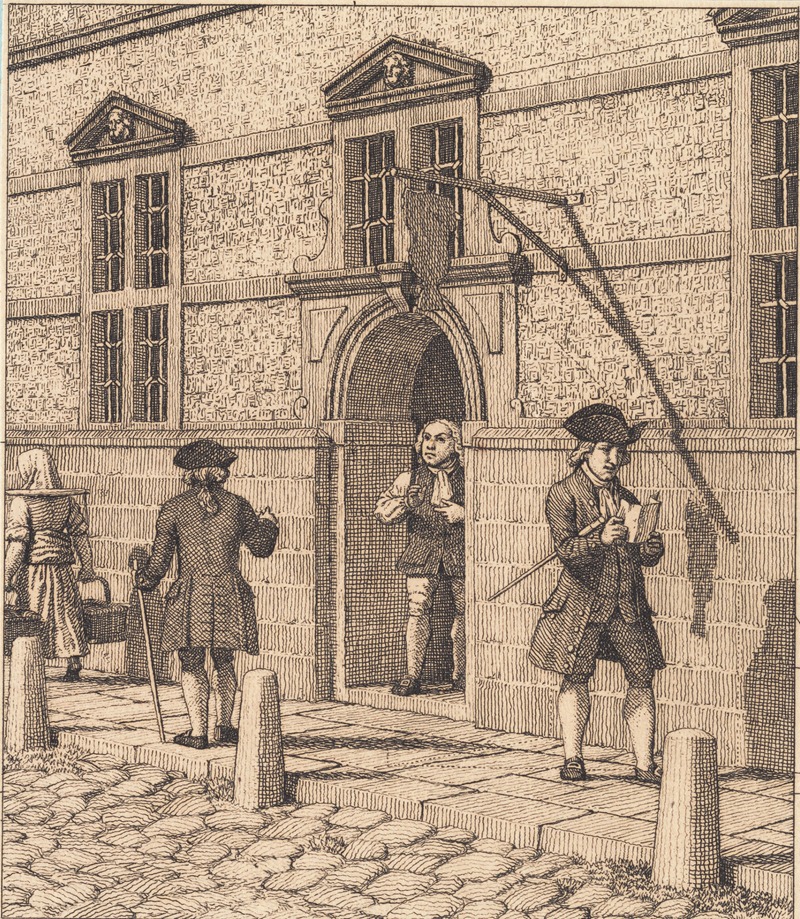
Parti omkring en portal af børsen Illustration til Linearperspectiven , Tavle VI
A hand-painted replica of Christoffer Wilhelm Eckersberg’s masterpiece Parti omkring en portal af børsen Illustration til Linearperspectiven , Tavle VI, meticulously crafted by professional artists to capture the true essence of the original. Each piece is created with museum-quality canvas and rare mineral pigments, carefully painted by experienced artists with delicate brushstrokes and rich, layered colors to perfectly recreate the texture of the original artwork. Unlike machine-printed reproductions, this hand-painted version brings the painting to life, infused with the artist’s emotions and skill in every stroke. Whether for personal collection or home decoration, it instantly elevates the artistic atmosphere of any space.
Christoffer Wilhelm Eckersberg, often referred to as the "father of Danish painting," was a pivotal figure in the development of Danish art in the 19th century. His work, "Parti omkring en portal af børsen Illustration til Linearperspectiven, Tavle VI," is a testament to his mastery of perspective and architectural representation, reflecting his deep engagement with the principles of linear perspective.
Eckersberg was born in 1783 in Blåkrog, Denmark, and he studied at the Royal Danish Academy of Fine Arts in Copenhagen. His education was further enriched by his travels to Paris and Rome, where he was influenced by the neoclassical style and the works of Jacques-Louis David, under whom he studied. These experiences significantly shaped his artistic approach, leading him to emphasize clarity, precision, and the accurate depiction of space and form.
The painting "Parti omkring en portal af børsen Illustration til Linearperspectiven, Tavle VI" is part of a series of works that Eckersberg created to illustrate the principles of linear perspective. This particular piece focuses on the architectural elements surrounding a portal of the Børsen, the historic stock exchange in Copenhagen, which is renowned for its distinctive Dutch Renaissance style and its iconic dragon spire.
Eckersberg's work in this series was not merely artistic but also educational. He was a professor at the Royal Danish Academy of Fine Arts, where he taught perspective and drawing. His illustrations served as instructional tools for his students, demonstrating the application of mathematical principles to achieve realistic spatial representation in art. This approach was revolutionary at the time and contributed significantly to the training of a new generation of Danish artists.
In "Parti omkring en portal af børsen Illustration til Linearperspectiven, Tavle VI," Eckersberg meticulously applies the rules of linear perspective to create a sense of depth and three-dimensionality. The composition is carefully structured, with lines converging towards a vanishing point, guiding the viewer's eye through the architectural space. This technique not only enhances the realism of the scene but also underscores the harmony and order inherent in classical architecture.
Eckersberg's attention to detail is evident in the precise rendering of architectural features, such as columns, arches, and decorative elements. His use of light and shadow further accentuates the structural form and adds to the overall realism of the piece. The painting exemplifies Eckersberg's belief in the importance of studying from life and his commitment to capturing the essence of his subjects with fidelity and accuracy.
The impact of Eckersberg's work on Danish art cannot be overstated. His teachings and artistic output laid the groundwork for what would become known as the Danish Golden Age of Painting. Artists such as Wilhelm Bendz, Christen Købke, and Martinus Rørbye were among his students, and they carried forward his principles, contributing to a flourishing of Danish art in the 19th century.
In summary, "Parti omkring en portal af børsen Illustration til Linearperspectiven, Tavle VI" is a significant work that highlights Christoffer Wilhelm Eckersberg's expertise in perspective and his role as an educator. Through this painting, Eckersberg not only showcases his technical skill but also his dedication to advancing the understanding and practice of art in Denmark.





